American Airlines – History of a Great Airline – Part Two – July 19, 2013
American Airlines – History of a Great Airline – Part One – July 12, 2013
July 11, 2013United Airlines – History of a Great Airline – Part One – July 26, 2013
July 25, 2013“Robert Novell’s Third Dimension Blog”

Hello and welcome back to the “Third Dimension Blog.” This week we will finish up the AA story and I have a number of ads, from years past, for your viewing pleasure; in addition, this article was written in 2010 and I did not update the specifics of the current era.
I hope the week was good for your spirit and the weekend will afford you some time away from aviation – we all need this. Enjoy………………………………..
American Airlines
After Deregulation and into the Current Era
For the first time in 40 years, the airlines were allowed to expand their routes and by 1982, were permitted to set their own fares. The Deregulation Act of 1978 prompted many airlines to simply abandon their less profitable routes and focus their efforts and resources on major cities and popular destinations.
The Civil Aeronautics Board was prepared to award new routes to different airlines and also took steps to deregulate fares for passengers. Airlines began to “adopt” certain cities to serve as the center for their operations. As start-up airlines entered the market, fare pricing became much more competitive. Before deregulation, American Airlines flew to only 39 destinations. It now flies to 260 different locations.
Analysts point out four major periods of evolution of “waves of change” after deregulation. The first period involved the steady expansion of the traditional airlines and airlines ramping up destination hubs. The second period was a growth in point to point services. The third period was an expansion of regional carriers and regional jet services. The fourth period, which includes the airline industry in the present day, includes the reduction in the number of major airlines and base rates for fares with an extra charge for premium services.
Another effect of deregulation is the steady decline of average fares. After adjusting for inflation, airfare is approximately three times cheaper than it was in the late 1970s. In addition, there are about as twice as many flights and three times as many people traveling around the globe since deregulation, compared to the 1970s.
American Airlines has continued to thrive after deregulation, and became especially popular after introducing its discounted fares through the Super Saver program. The airline launched a major route expansion after deregulation, adding destinations in the Caribbean and across the United States. During the 1980s, the airline established its Dallas/Fort Worth hub and launched AMR Services, a subsidiary that provides aviation services to other airlines.
American Eagle was introduced in 1984 to offer service from smaller communities to larger cities, and to provide connecting flights to American Airlines. Ultimate Super Saver fares were introduced in 1985, positioning American Airlines as a major competitor in the U.S. market. In 1992, American introduced its Value Pricing model.
By the beginning of the 90’s, American Airlines, United and Delta grew to become the three most power passenger airlines in the United States. American continued to grow at a rapid pace with the acquisition of TWA in 2001. American continued to grow, offering service to China, opening an expanded terminal at New York’s Kennedy International Airport and staying on top of consumer technology with a mobile version of AA.com for easy booking and tracking of flights and the launch of an iPhone application in July 2010.
Now a few ads from the past and a look back at a marketing philosophy that was based on service and the need to be number one. I think things have changed but for sure the Walmart model for success is alive, and well, and we Americans demand this.
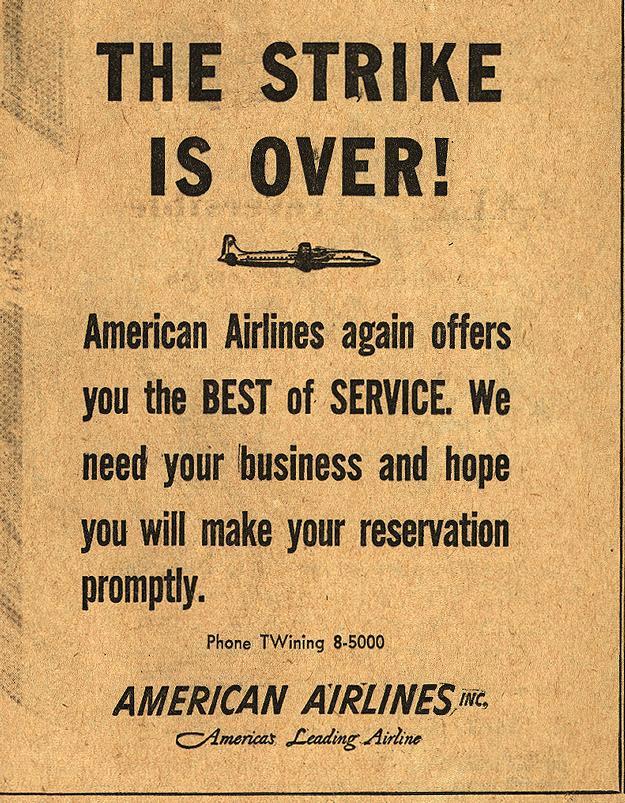
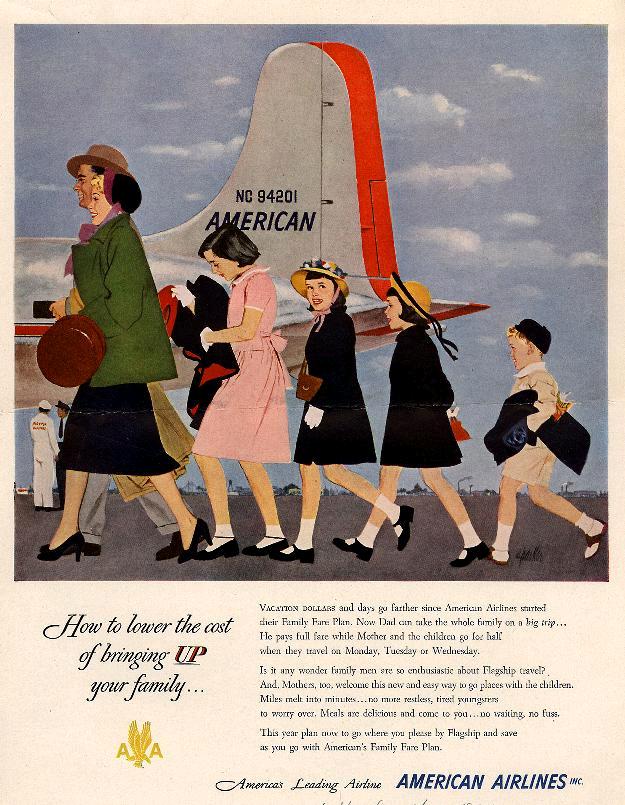
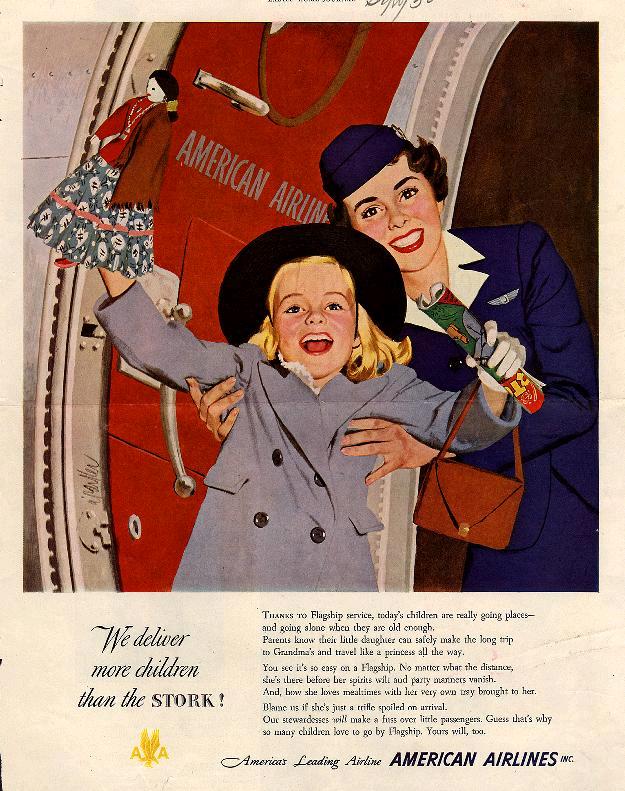
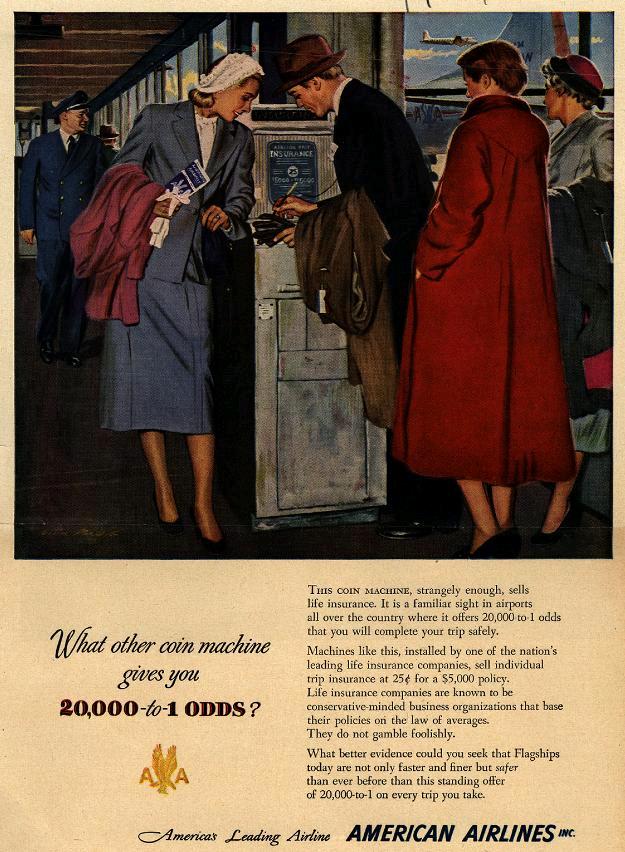
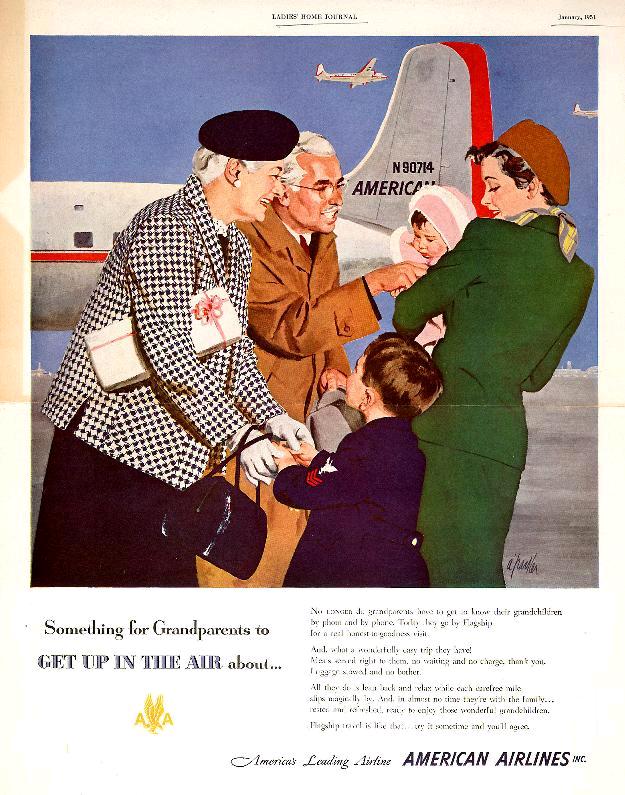
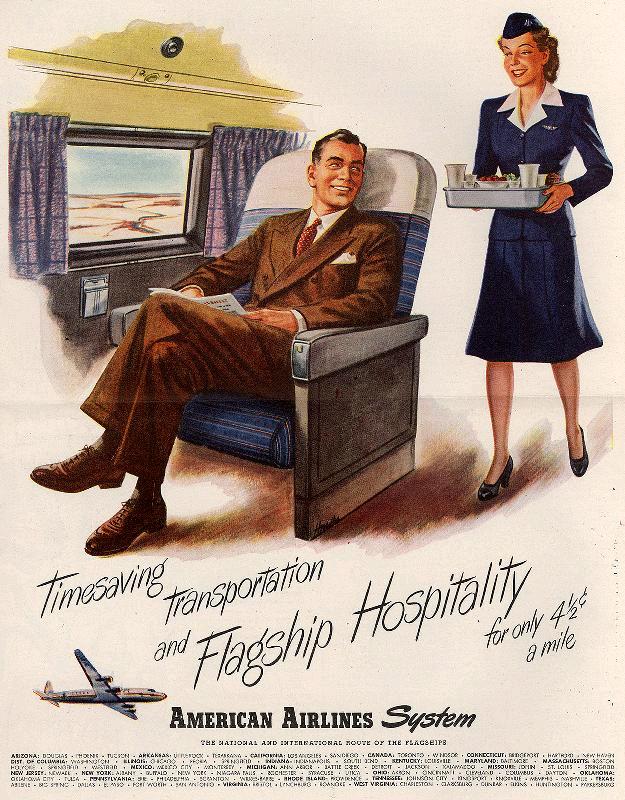
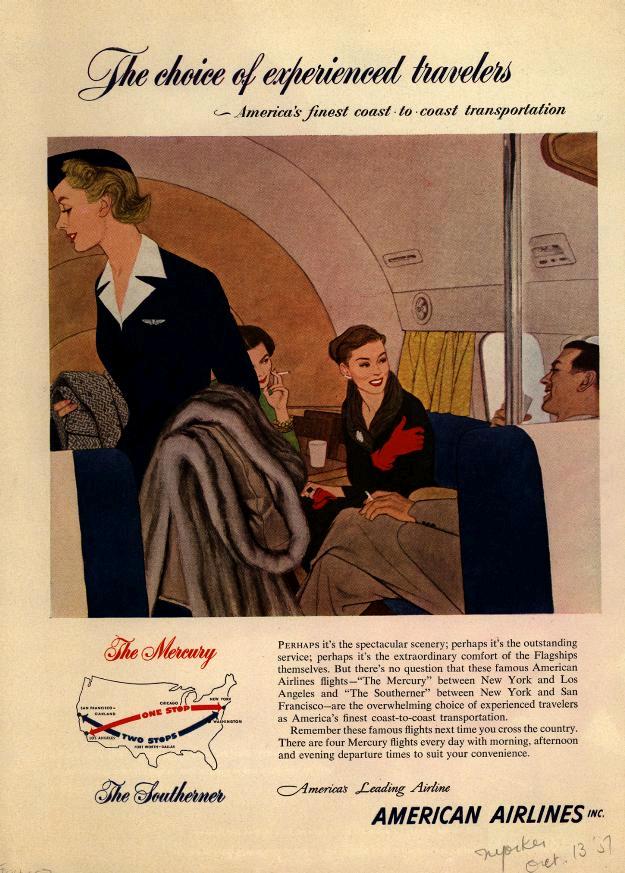
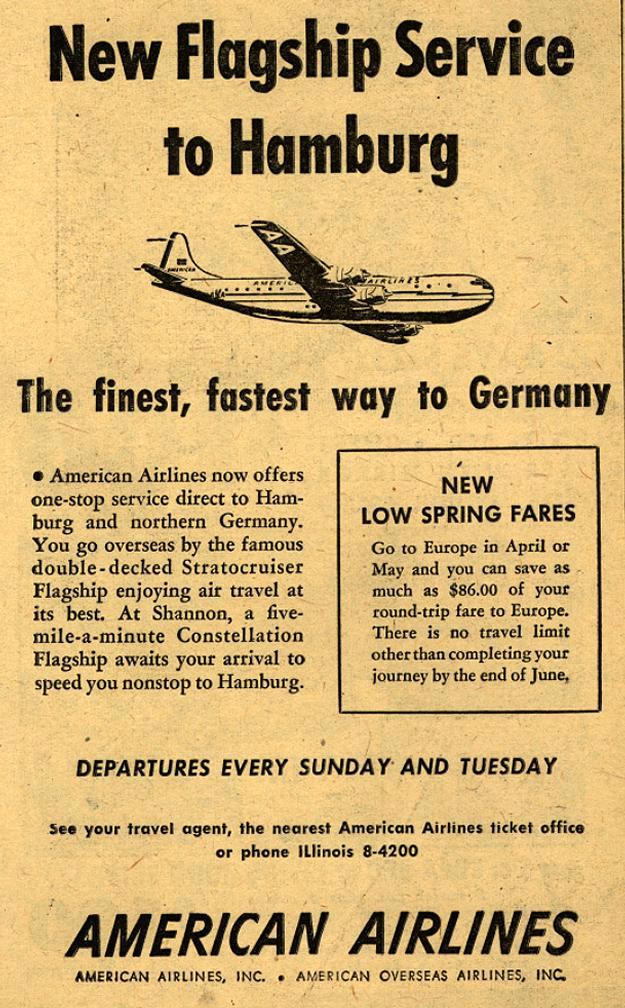
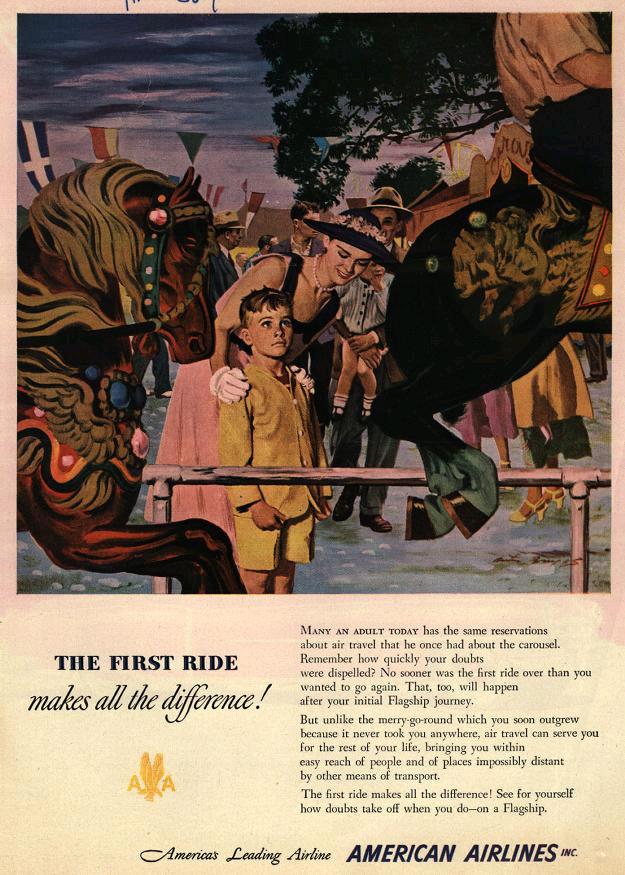
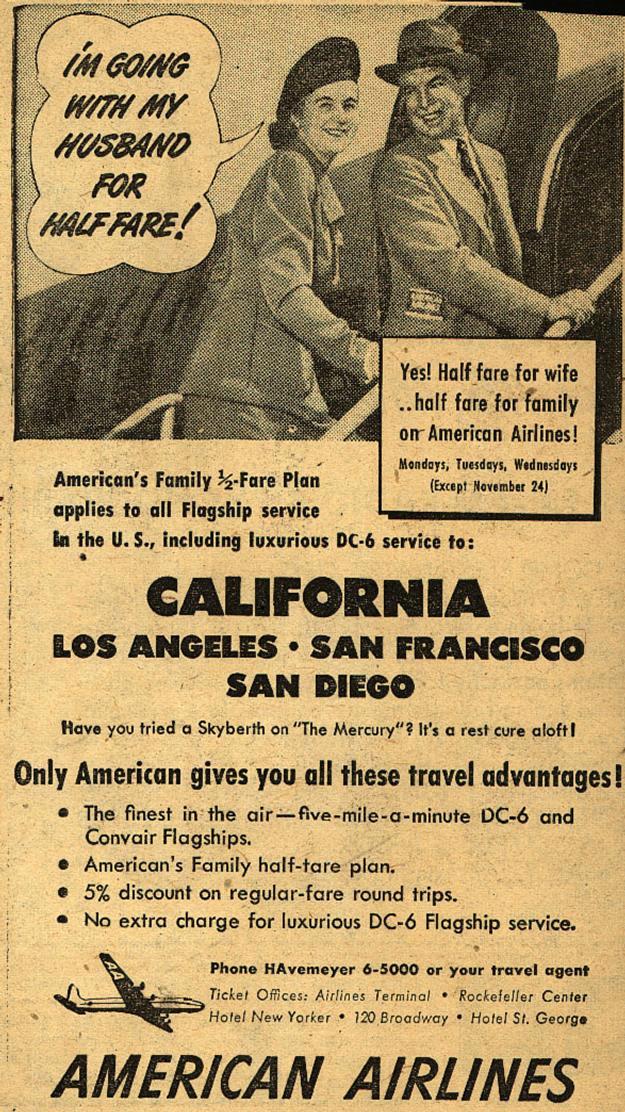
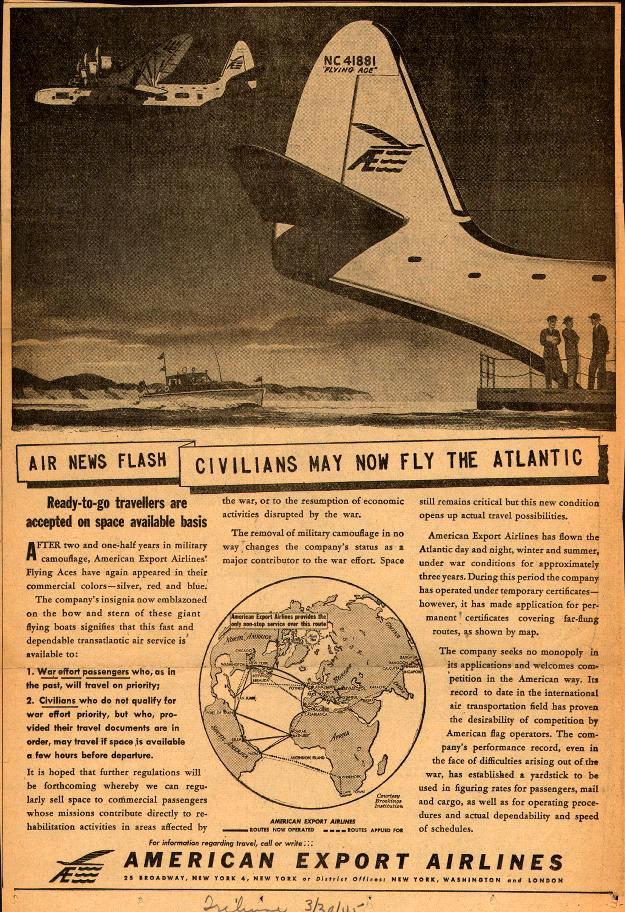
The preceding ads are presented for educational purposes and cannot be reproduced or used for any other purpose.
Next week I think I will repeat the series on United Airlines, considering the recent merger, so until then: take care, be safe, and remember tomorrow morning when you wake up your life is one day shorter. Aviation is a passion but friends, and family, should be on the top of your list. Have a good weekend.
Robert Novell
July 19, 2013

